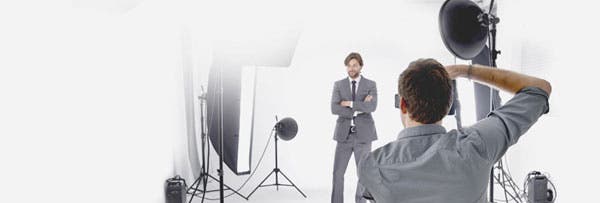Don’t get confused. Scene modes set many different parameters of the camera, including shutter speed, aperture, color balance, and even the use of flash. That’s different from other controls that affect the actual look of the image.
For example, recent Canon EOS digital SLRs include a set of “Picture Styles” that emulate various films’ characteristics and unify the camera’s settings for image processing parameters such as Tone Curve, Sharpness, or Contrast. Using Picture Styles is more or less like selecting a particular type of film in 35mm photography based on its color characteristics, contrast and sharpness.Nikon’s D40x has a Retouch menu offers in-camera image editing features including Monochrome (black and-white, sepia, and cyanotype) and Filter Effects (skylight, warm, color balance.) Samsung and Pentax digital SLRs offer a wide range of capture options including a setting called Image Tone that offers two choices—Bright or Natural. Bright produces snappy images with more contrast and sharper focus. Selecting Natural produces photographs that Samsung says are “finished naturally and suitable for retouching.” Reading between the lines it means less contrast, slightly lighter, and softer focus. But none of these, are Scene Modes.
Is it a scene mode?
Casio’s EX-F1 offers a Best Shot (unfortunately abbreviated as “BS”) mode that blurs the line between image manipulation modes, such as Picture Styles and Scene Modes, by combining them into one easier-to-use selection of shooting options. This photo of Mary at work shooting images from her Urban Flowers series was made in the EX-F1’s Portrait mode that punched up the color and fired the flash. The camera also set the exposure at 1/640 at f/5.1 and ISO 100.
©2008 Joe FaraceJoe Farace is co-author of “Better Digital Available Light Photography” along with Pulitzer Prize winning photographer Barry Staver. It is published by Focal Press and is available in all the best bookstores, including Barnes & Noble and Amazon.com.






